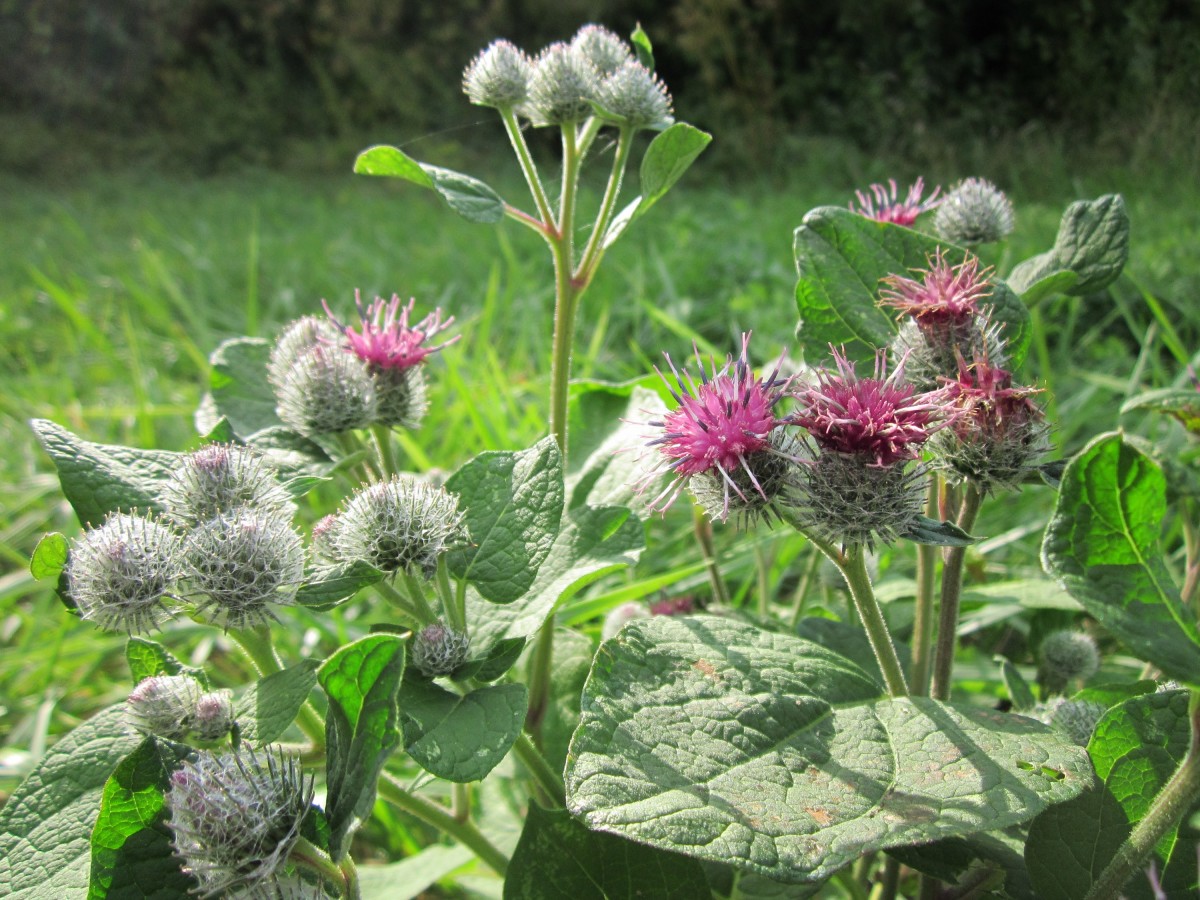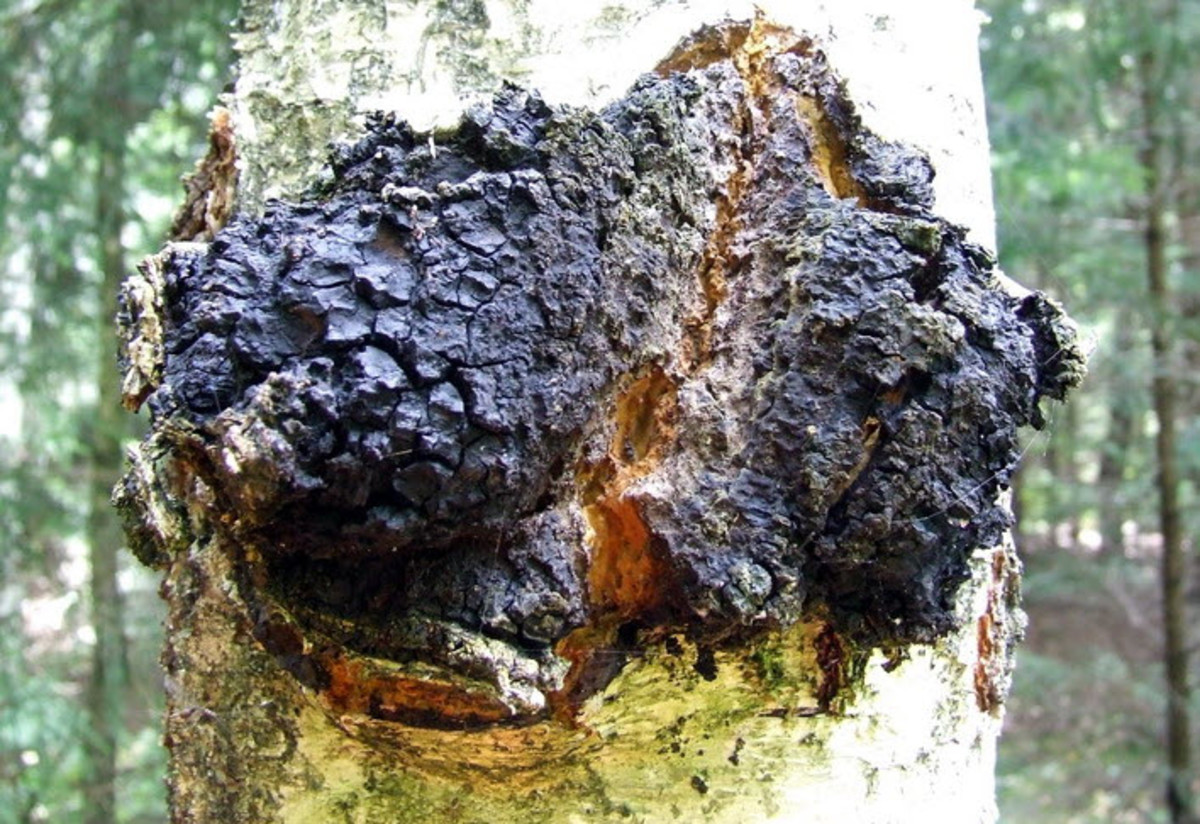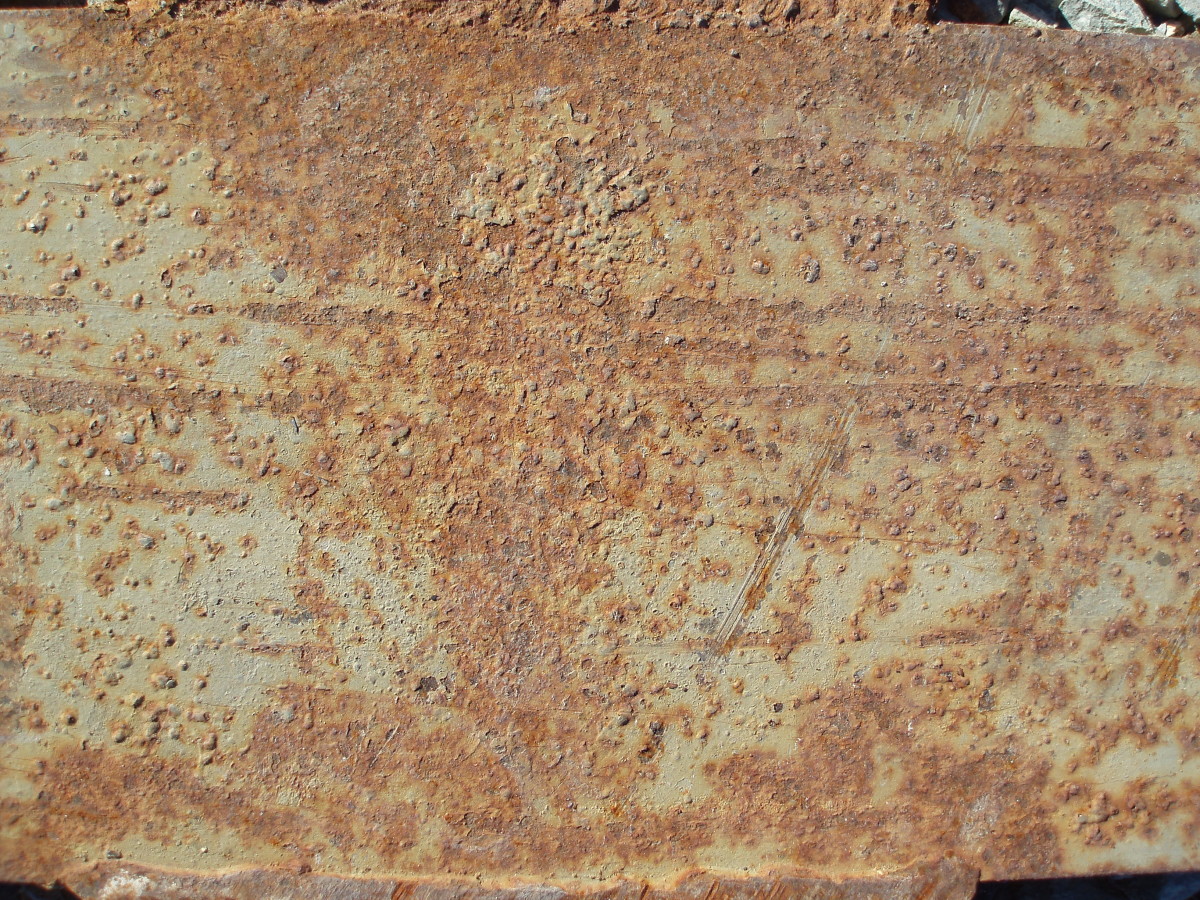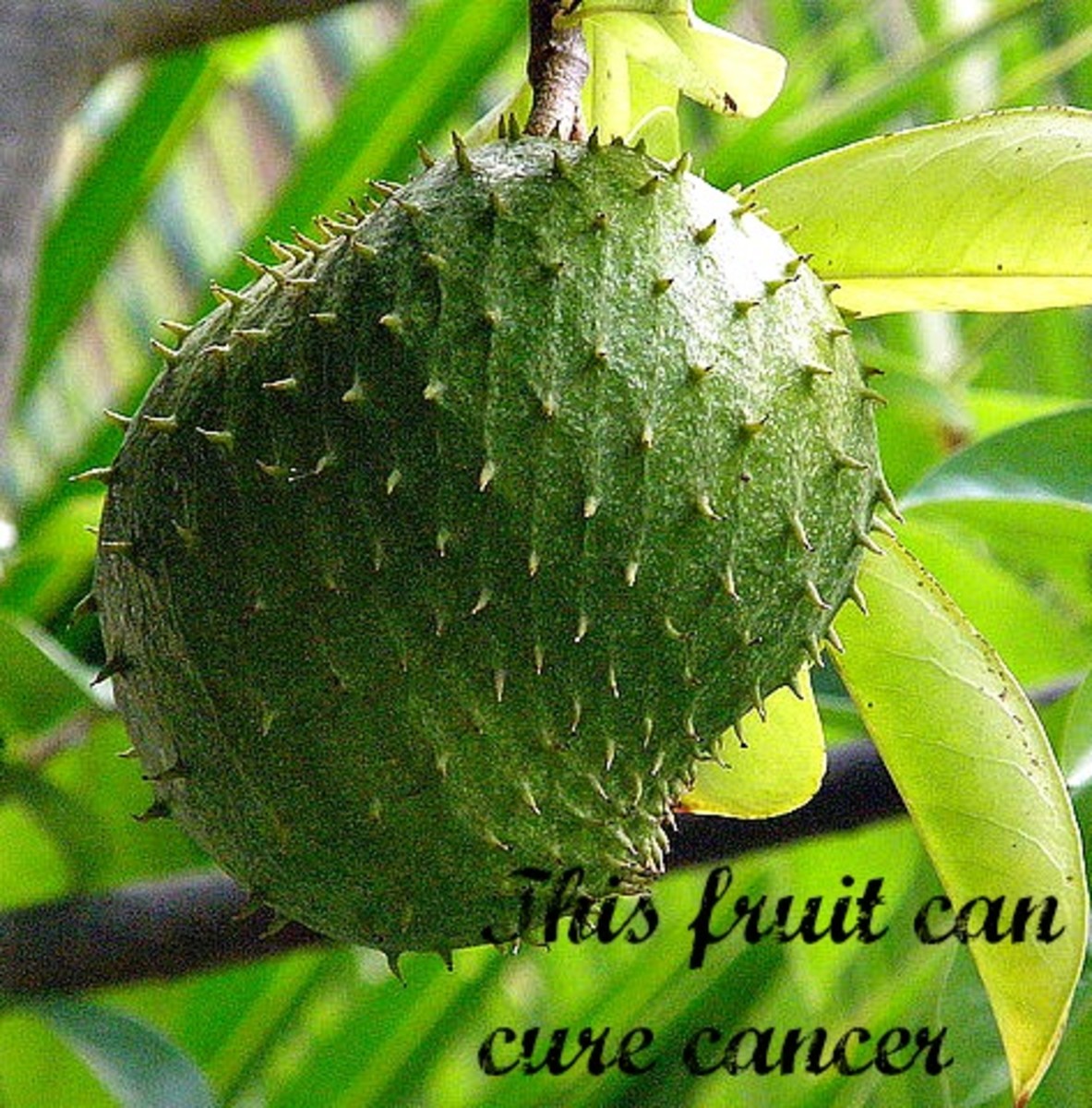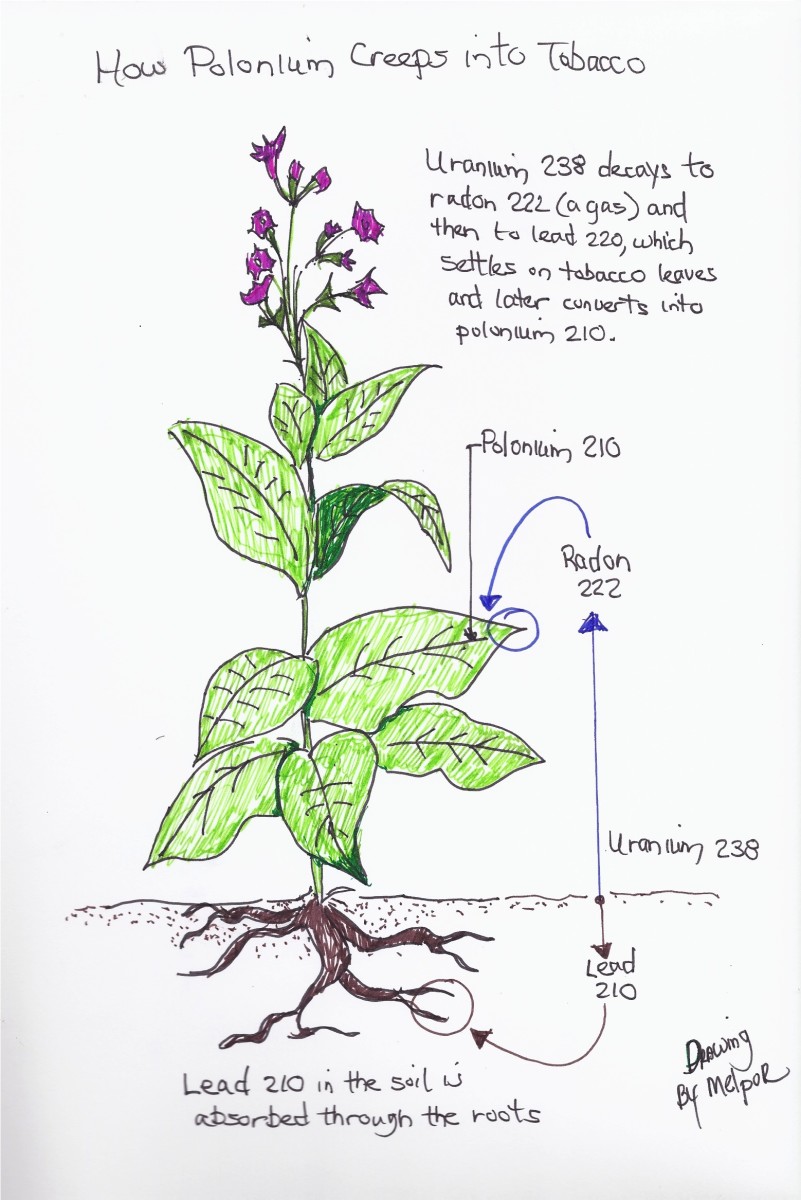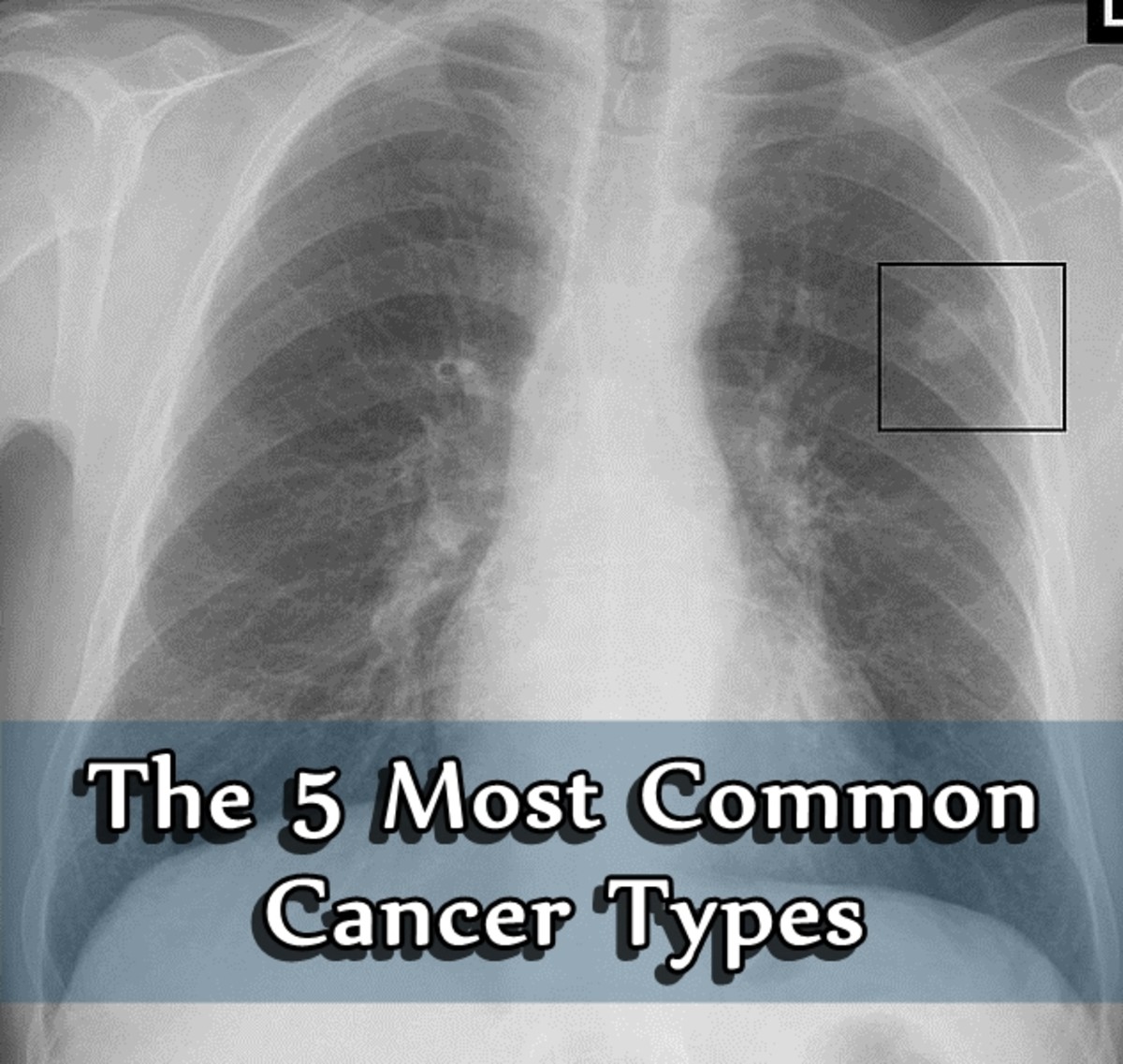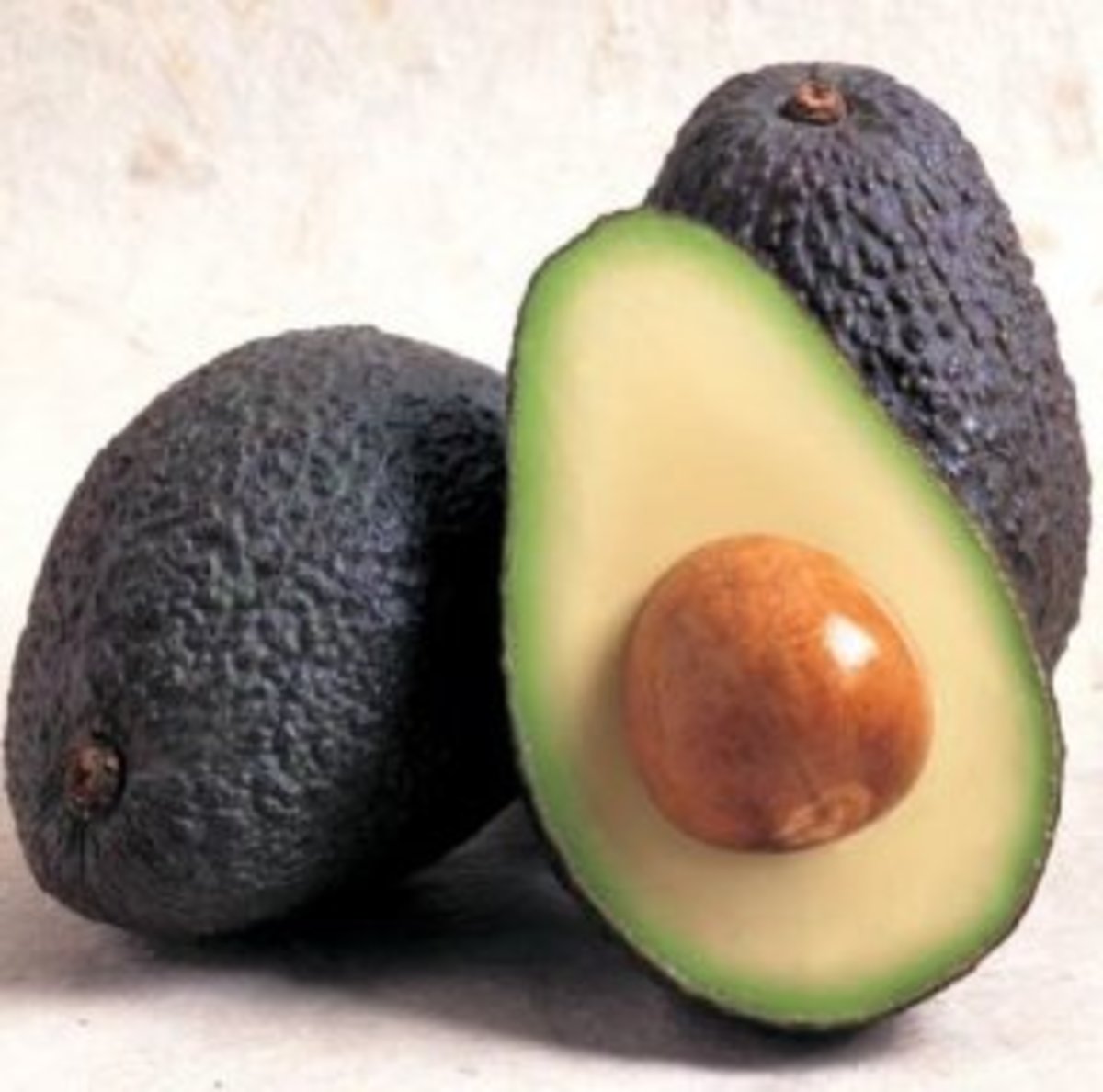Essiac Tea Cancer Cure
What is that herbal tea that is believed by some people to treat cancer since 1924 until now (as of the year 2000, almost 15 percent of Canadian women with breast cancer use this tea).
What is in that tea, how it was discovered, what phytochemicals it contains, who may use it and who may not, can any one prepare it at home using known herbs. This hub contains the answers to all of these questions.
Rene Caisse Cure for Cancer
Rene Caisse was a veterans Canadian nurse who discovered, prepared and used the tea to treat cancer. Were she a doctor, she would have been allowed to research the preparation and publish the results, and the long story of this tea would have come to a positive or negative end.
She combined 4 herbs she learned about from an old Indian medicine man that they cure cancer, and one of these herbs was credited by a retired doctor. Alone, she tested the combination on mice and cancer patients that were considered to have no other alternatives.
She cured her aunt from cancer of the stomach, and her mother from non-operable cancer of the liver, and gave them 21 and 18 years to live respectively, both died at age 90.
She distributed the medicament which she prepared for free, and lived on her salary, and then on donations when she had to quit the job. She had done treatment of terminal cases that were referred by doctors and under their observation.
She faced the accusation of practizing medicine without license in an old hotel rented to her by the town community, then she closed that clinic and treated people secretly for 30 years. She administered it to patients through both oral and injectable forms.
She had passed away in 1978 at the age of 90 years.
Essiac tea has been the subject of a distracted debate between its supporters and its opponents for over 80 years.
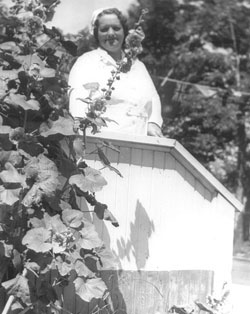
- The History of Essiac and Rene M. Caisse, Canada\'s Nurse
Nurse Rene Caisse, discoverer of the Essiac herbal formula, helped hundreds at her clinic in Bracebridge, Ontario, Canada. What is Essiac? Who is Rene Caisse? What about Essiac today?
Essiac Tea Herbs
Caisse combined 4 common herbs to prepare the tea and named it after her name back spelled. The four herbs are Sheep Sorrel, Turkey Rhubarb,
Burdock roots, and Slippery Elm.
Sheep's Sorrel (Rumex Acetosella)
The leaves have a a lemony, tangy or nicely tar flavor. It is normally used in preparing garnish flavoring agent, or curdling cheese. It has some traditional medicinal uses for treating inflammation, cancer, diarrhea, scurvey, and fever, diuretic and blood detoxifier. it is contraindicated for people prone to forming kidney stones.
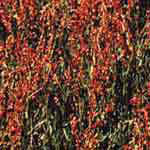
Turkey Rhubarb ( Rheum Palmatum)
It has a long history as a medicinal plant in the east, and its use as a food began lately (the 17th century) in the western world. It has a long history as a laxative and effective treatment for many gastrointestinal problems.
In small amounts it is constipating and in higher amounts it is a laxative due to presence of Tannins.
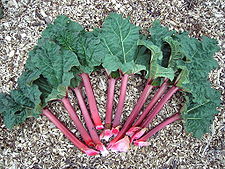
Burdock Root ( Arctium lappa )
It can be eaten as a root vegetable pertainly in Asia. Burdock and Dandlion is a soft drink that has long been popular in UK. It has been used for blood purification of some toxins, diuretic (In Egypt, it is traditionally mixed with ammi visnaga and halfa bar to expell small stones from the kidney and ureters with great results), and as a topical treatment of some skin problems.
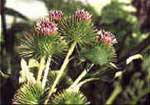
Slippery Elm (Ulmus Fulva)
It is native to US and southern Canada (Quebec), It has many uses including treating sore throat, soothing digestive tract, for irritable bowel syndrome, and as abortifacient which is now forbidden by many states.
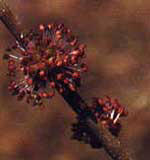
What Phytochemicals in theTtea That Make That Debate
Searching the constituents of the herbs forming Essiac tea we find that, they are rich sources of Tannins, Oxalic acid and Antioxidants.
Tannins
They either bind and precipitate or shrink proteins. They are astringent creating that charecteristic feeling after consumption of unripened food or red wine. Tannins have shown potential antiviral, antibacterial and antiparasitic effects. They have been studied for thsir potential effect against cancer through different mechanisms. They are inhibitors of HIV replication.
Antioxidants
They are molecules that support the oxidation-reduction system of the body, as they scavenge oxidant molecules without they themselves being converted into oxidants, the body system is regulated through enzymes which create the optimal conditions for the body.
Oxidants are now known to interfere with the pathogenesis of many diseases. Examples of the antioxidants present in the tea are Gallic acid, Anthraquinone derivatives like Emodin, Rhein, Chrysophanic acid, Stilbenes...etc.
Oxalic Acid
It is a strong dicarboxylic acid that occurs in many plants, vegetables, and human body. In humans, endogenous sources (produced from vitamin C and Glyoxylate and constitute approximately 30-70 percent of the oxalic acid excreted daily via urine).The fecal excretion mainly results from dietary oxalic acid intake.
The absorption in humans after oral administration is limited to 3-20. The degree of absorption largely depend on percentage of oxalic acid
soluble under different pH values in the intestinal tract, and percentage of other cations like Magnesium, and also on the presence of oxalate-degrading bacteria in the human gut.
Oxalic acid has a low safety margin yet its normal concentration is very high for a less safe inert metabolite, some people think that this concentration may serve the purpose of defending the body. Some resources include a large number of different cancer types treated with oxalic acid alone.
Interesting Information of Cancer Treatment with Oxalic Acid

Who May Take Essiac Tea and Who May Not
When one may administer the tea :
- Having cancer that cannot be cured
- Needing to control cancer
- Needing to boost his immune system
- To relieve pain
- To shrink a tumor
- To detoxify and cleanse the body
- Hope of living longer
When one may not administer the tea:
- Pregnants, nursing mothers, or women trying to conceive. The tea may stimulate mensis and may pass into milk
- Kidney disease, due to presence of oxalate
- Bowel obstruction or diarrhea, due to increased peristalsis
- Ulcers or colitis, Rhubarb may be irritating
- Having history of increased levels of Iron, the tea contains varying amounts of Iron
- Children under the age of 12, the tea had not tried for them
- Brain tumor, many times the tea seamed to make the tumor initially grow, then breaks down
When One would be careful when administering the tea
- Taking anticoagulant therapy/drug
- Taking insulin to control diabetes, the tea may alter the dose needed
- Having osteoporosis, oxalic acid may interfere with calcium absorption
- Taking cardiac glycosides (Digitalis), they depend on calcium to produce effects
Homemade Essiac Tea
How To Prepare Essiac Tea At Home
Ingredients: (Recipe for 1 gallon of purified water)
24.1g (0.85oz) Burdock Root
16.2g (0.57oz) Sheep Sorrel (powder if possible)
1.1g (0.04oz) or 1/4 tsp. Turkey Rhubarb Root Powder
4g (0.14oz) Slippery Elm Inner Bark Powder
Directions:
The most common recommended dose is 4 fluid ounces of tea daily; half in the morning and half in the evening.
Directions for use:
Heat 2 ounces or 4 tablespoons of distilled water, and then mix it with 2 ounces or 4 tablespoons of the tea taken directly from the refrigerator.
Pour the tea into the measuring device, instead of sticking the spoon into the jar. This habit will protect against contamination. Keep the tea refrigerated at all times. Shake well each time before pouring.
Take it on an empty stomach, at least 2 hours after eating. Wait 2 more hours before eating after taking the tea.
Beneficial times to take it are at bedtime, or upon awakening. More seriously ill persons can take it safely 3 to 4 times daily, spaced out, as described above, separated from meals, by two hours. It is not going to do you much benefit to take it with meals. It will not work all mixed up with your dinner. That would just be a waste of money
Precautions :
- Avoid the use of plastic or aluminum while you are preparing essiac tea.
- Do not expose the tea to sunlight; this will destroy its beneficial properties
- Do not freeze the tea
- Do not microwave the tea
- If a green mould appears, throw the tea away
- Do not ever store the tea in plastic bottles
- Store the bottles of tea upright
- When using Essiac, Caisse noted that tumors often become harder at first and then they soften and disappear
Essiac Tea Ready-Made or Home Prepared
Other Hubs
- The Diet Solution Basics
The Diet Solution Basics : A review of the basics of weight loss, as well as the diet solution program and how far it copes with these basics. - Phytochemicals That Fight Cancer
Phyto means plant in Latin, thus phytochemicals are referred to chemical molecules that are produced by plants, and when ingested by humans they are not involved in the metabolism to yield or store energy,...


